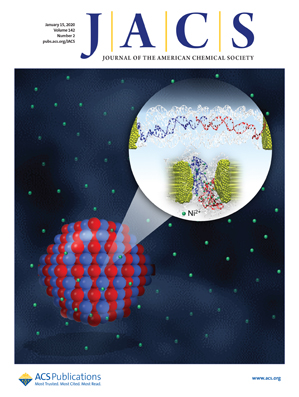|
Authors
Bondia, Patricia; Torra, Joaquim; Tone, Caterina M.; Sawazaki, Taka; del Valle, Adrián; Sot, Begoña; Nonell, Santi ; Kanai, Motomu; Sohma, Youhei; Flors, Cristina ; Kanai, Motomu; Sohma, Youhei; Flors, Cristina
|
Abstract
A combination of time-resolved optical spectroscopy and nanoscale imaging has been used to study the complex binding to amyloids of a photocatalyst that selectively photo-oxygenates pathogenic aggregates, as well as the consequences of its irradiation. Correlative atomic force microscopy (AFM) and fluorescence microscopy reveals topography-dependent binding of the dye to model β-lactoglobulin fibers, which may also explain the observed difference in their response to photodegradation. We provide direct evidence of the photosensitization of singlet oxygen by the photocatalyst bound to amyloid fibers by direct detection of its NIR phosphorescence. The effect of singlet oxygen at the molecular level brings about nanoscale morphological changes that can be observed with AFM at the single-fiber level. We also find differential response of two α-synuclein mutants to photodamage, which can be rationalized by the presence of amino acids susceptible to photo-oxygenation. Overall, our results help to unravel some of the complexity associated with highly heterogeneous amyloid populations and contribute to the development of improved phototherapeutic strategies for amyloid-related disorders.
|

WoS
Scopus
Altmetrics
  
|
|
Journal
Journal of the American Chemical Society, 15 January 2020, v.142, n.2, p,922-930
|
